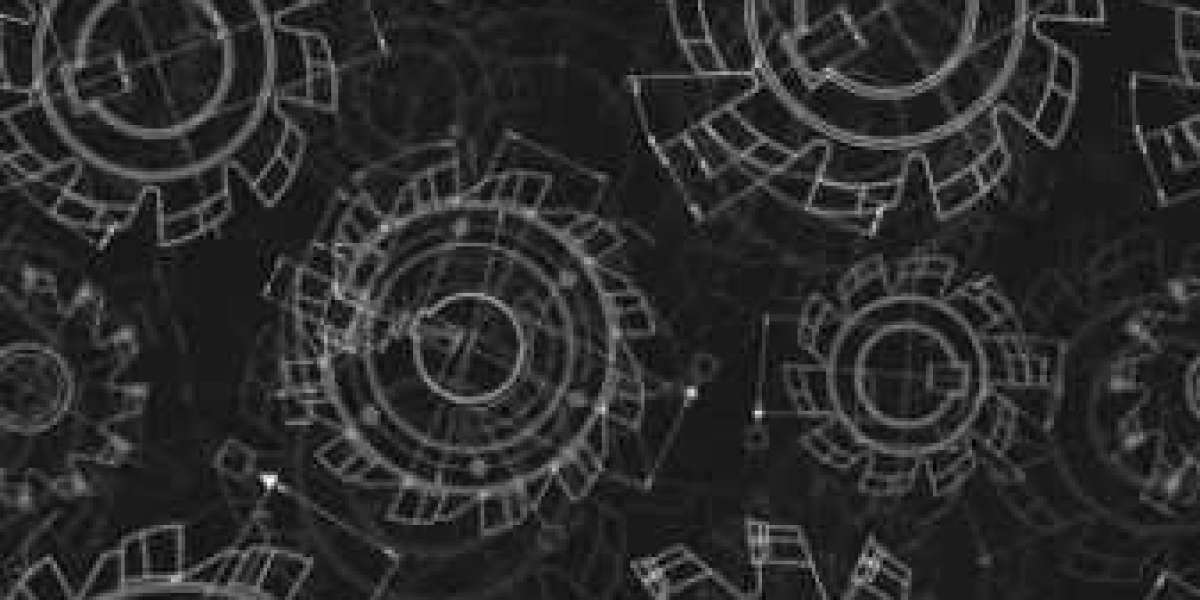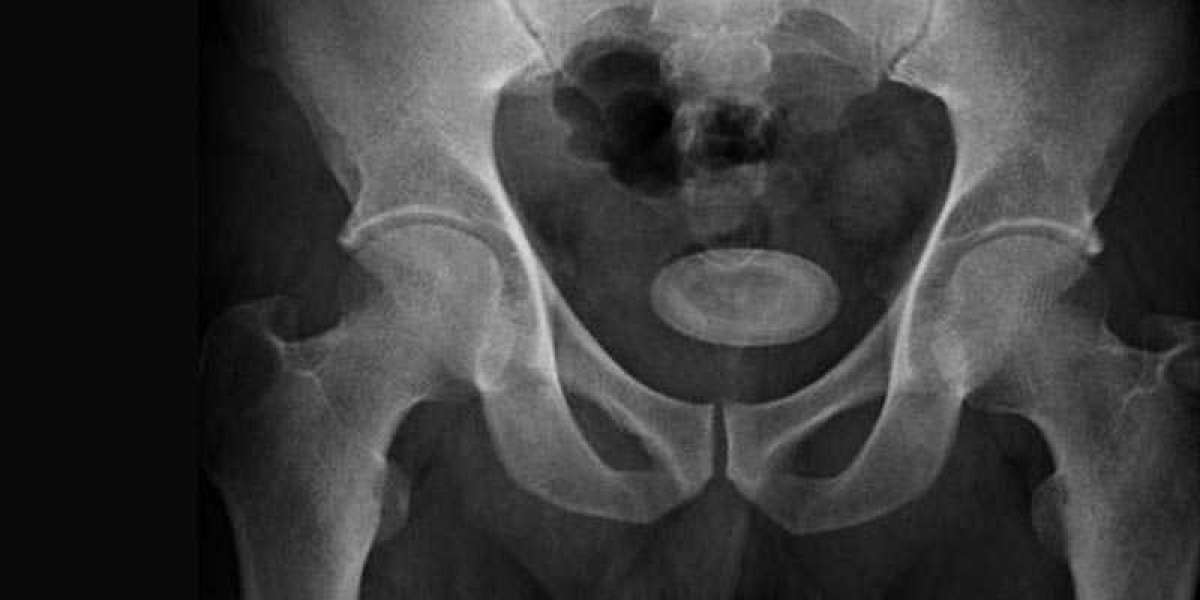In the fast-paced world of innovation, securing intellectual property rights through patents is paramount for inventors and businesses. A crucial aspect of the patent application process is the creation of patent drawings, which visually represent the invention’s key elements. These drawings play a pivotal role in conveying complex ideas to patent examiners, attorneys, and the public. However, ensuring patent drawings‘ quality, accuracy, and compliance is no small task. This is where professional patent drawing services come into play, offering expertise, precision, and efficiency in the creation of utility patent drawings. In this article, we will explore the significance of professional patent drawing services and how they contribute to the success of patent applications.
The Importance of Patent Drawings
In the fast-paced and highly competitive world of innovation, securing intellectual property rights is a paramount concern for inventors, entrepreneurs, and businesses. Patents, which grant exclusive rights to inventors for their inventions, are fundamental to protecting innovation. While the written description of an invention is crucial for obtaining a patent, patent drawings play an equally significant role in the process. This article will delve into the importance of patent drawings, their role in the patent application process, and why they are indispensable for inventors and innovators.
- Enhancing Clarity and Comprehension
The primary role of patent drawings is to enhance the clarity and comprehension of the invention. Many innovations, particularly complex ones, are challenging to describe adequately using only words. Patent drawings bridge this gap by providing visual representations that simplify understanding. These drawings serve as a universal language, making it easier for patent examiners, attorneys, and the public to grasp the essence of the invention. - Legal Requirement
In many jurisdictions, including the United States and Europe, patent drawings are not just a helpful addition—they are a legal requirement for utility patent applications. Patent offices, such as the United States Patent and Trademark Office (USPTO) and the European Patent Office (EPO), mandate the inclusion of drawings when filing for utility patents. Failing to provide these drawings can result in delays or even the rejection of a patent application. - Supporting Patent Claims
Patent claims are the heart of a patent application—they define the specific aspects of an invention that are to be protected. Patent drawings play a critical role in supporting these claims. They provide visual evidence that backs up the written descriptions and demonstrates how the various elements of the invention interact. A well-crafted drawing can be the difference between a successful and unsuccessful patent application. - Effective Communication
Patent drawings are not only for patent examiners and attorneys but also for the broader audience, including potential investors, licensees, and the public. These drawings effectively communicate the essence of the invention, making it easier for interested parties to assess its value, functionality, and potential applications. This is particularly crucial in industries where visual representation is essential, such as design patents. - Universal Understanding
In today’s globalized world, patent applications are often filed in multiple countries. Patent drawings transcend language barriers, ensuring that the invention’s key features are understood worldwide. They play a pivotal role in the international patent application process, contributing to the global protection of intellectual property. - Facilitating Examination and Review
Patent examiners rely on patent drawings to assess the patentability of an invention. These drawings aid examiners in conducting prior art searches and evaluating the novelty and non-obviousness of the invention. The clarity and precision of patent drawings can significantly influence the outcome of the patent examination process.
The Role of Professional Patent Drawings Services
In the intricate world of intellectual property protection, where innovation is both the driving force and the prized asset, securing patents is crucial. Patents grant inventors exclusive rights to their inventions, safeguarding their innovations from unauthorized use. A core element of the patent application process is the creation of patent drawings, which visually represent the invention’s critical aspects. In recent years, the demand for precision, expertise, and compliance in patent drawings has given rise to the essential role of professional patent drawing services. In this article, we explore the significance of these services, their contribution to successful patent applications, and why they have become indispensable for inventors and innovators.
- Expertise and Precision
Professional patent drawing services employ experienced draftsmen and illustrators who possess a deep understanding of the intricate requirements of patent drawings. These experts ensure that every element of the invention is accurately and meticulously represented. Their expertise goes beyond the mere creation of visuals; they have a profound grasp of the patenting process, ensuring that the drawings align perfectly with the legal and technical aspects of the patent application. - Compliance with Patent Office Standards
Different patent offices worldwide have specific guidelines and standards for patent drawings. These standards encompass everything from the format and size of drawings to the rules governing line weights, shading, and labeling. Professional patent drawing services are well-versed in these standards and ensure that the drawings they produce are compliant with the respective patent office’s requirements. This attention to detail minimizes the risk of rejections or delays due to non-compliance. - Time Efficiency and Focus
The process of creating patent drawings can be time-consuming and intricate. By outsourcing this task to professional services, inventors and patent applicants can concentrate their efforts on perfecting their inventions and patent claims. The professional service streamlines the drawing creation process, saving valuable time in the overall patent application process. - Customization and Adaptability
Professional patent drawing services offer tailored solutions that cater to the unique needs of each invention. Whether the invention falls within the realm of mechanical engineering, biotechnology, or any other industry, these services adapt to the specific requirements of the invention. This adaptability ensures that the drawings are not just accurate but also contextually relevant. - Review and Quality Assurance
Professional patent drawing services typically have a review and quality assurance process in place to ensure the accuracy and compliance of the drawings. This process involves meticulous checks to confirm that the drawings align with patent office standards and the patent application’s written description. The result is a set of drawings that enhances the application’s overall quality. - Supporting Patent Claims
Patent drawings are essential for supporting patent claims. They provide visual evidence that reinforces the written descriptions and demonstrates how the various components of the invention interact. Well-crafted drawings can significantly strengthen patent claims and improve the chances of patent approval.
The Process of Obtaining Professional Patent Drawings Services
The process of obtaining professional patent drawing services involves several well-defined steps to ensure that the drawings accurately represent an invention and comply with the standards set by patent offices. Here, we outline the typical process involved in acquiring these services:
- Initial Consultation
The journey to acquiring professional patent drawing services often begins with an initial consultation. During this phase, the inventor or patent applicant engages with the service provider to discuss the project’s scope, requirements, and objectives. This consultation may take place through various communication channels, including email, phone calls, or video conferences. - Information Gathering
Following the initial consultation, the inventor or patent applicant is responsible for providing detailed information about the invention. This information should include:
A written description of the invention.
Any existing sketches, diagrams, or prototypes related to the invention.
Technical specifications, dimensions, and any relevant measurements.
Specific features, components, or aspects must be highlighted in the drawings.
Information about the industry or field to which the invention belongs can influence the drawing style and format.
- Drafting and Illustration
With the provided information in hand, professional draftsmen and illustrators begin the process of creating patent drawings. This stage involves meticulous attention to detail to accurately represent the invention. The illustrators use specialized software and tools to create precise drawings that align with patent office standards and requirements. - Compliance Review
Once the initial drafts are prepared, a compliance review is conducted to ensure that the patent drawings adhere to the specific guidelines and standards set by the relevant patent office. This review covers various aspects, including:
File format and size: Ensuring that the drawings meet the technical specifications required for submission.
Line weights and shading: Maintaining consistency in line thickness and shading techniques.
Labeling and numbering: Properly annotating components and features of the invention for clarity.
Visual accuracy: Confirm that the drawings accurately represent the invention as described in the patent application.
- Revisions and Refinements
In some cases, revisions and refinements may be necessary to address any issues identified during the compliance review. These revisions are crucial to ensuring that the patent drawings meet the high standards demanded by patent offices and that they align perfectly with the invention’s description. - Finalization and Integration
Once the patent drawings have been refined and meet all compliance requirements, they are finalized. This includes creating the final digital versions of the drawings and ensuring that they seamlessly integrate into the patent application. The drawings are typically submitted alongside the patent application to provide visual support for the written description and claims. - Collaboration and Feedback
Throughout this process, there may be collaboration between the service provider and the inventor or patent applicant. Feedback and suggestions are exchanged to ensure that the final patent drawings accurately represent the invention’s key elements and functionality. - Delivery and Documentation
After finalization, the professional patent drawings services provider delivers the completed drawings to the inventor or patent applicant. These drawings are now ready to be included in the patent application package, which is then submitted to the relevant patent office for examination and processing.
Conclusion
In conclusion, They bridge the gap between complex innovations and their understanding by patent examiners, attorneys, investors, and the wider public.
Professional patent drawing services play a pivotal role in ensuring that patent drawings are of the highest quality, accuracy, and compliance with patent office standards. By leveraging the expertise of draftsmen and illustrators, these services streamline the creation of patent drawings, saving time and enhancing the overall quality of patent applications.
The process of obtaining professional patent drawing services begins with an initial consultation and information gathering, followed by the drafting and illustration phase. Compliance reviews, revisions, and refinements are conducted to meet patent office standards. Once finalized, these drawings are seamlessly integrated into the patent application.
Read More:
The Role of Technology in Modern Patent Drawing Creation
DIY vs. Professional Services: When to Use Software for Utility Patent Drawings
Unlocking the Power of Utility Design Patents: A Comprehensive Guide








